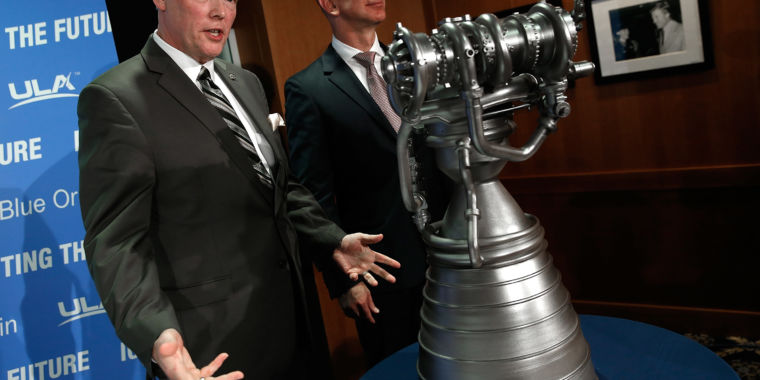
The consequences of differential origin licensing dynamics in distinct chromatin environments
Liu Mei, Katarzyna M Kedziora, Eun-Ah Song, Jeremy E Purvis, Jeanette Gowen Cook, The consequences of differential origin licensing dynamics in distinct chromatin environments, Nucleic Acids Research, 2022;, gkac003, https://doi.org/10.1093/nar/gkac003
Eukaryotic chromosomes contain regions of varying accessibility, yet DNA replication factors must access all regions. The first replication step is loading MCM complexes to license replication origins during the G1 cell cycle phase. It is not yet known how mammalian MCM complexes are adequately distributed to both accessible euchromatin regions and less accessible heterochromatin regions. To address this question, we combined time-lapse live-cell imaging with immunofluorescence imaging of single human cells to quantify the relative rates of MCM loading in euchromatin and heterochromatin throughout G1. We report here that MCM loading in euchromatin is faster than that in heterochromatin in early G1, but surprisingly, heterochromatin loading accelerates relative to euchromatin loading in middle and late G1. This differential acceleration allows both chromatin types to begin S phase with similar concentrations of loaded MCM. The different loading dynamics require ORCA-dependent differences in origin recognition complex distribution. A consequence of heterochromatin licensing dynamics is that cells experiencing a truncated G1 phase from premature cyclin E expression enter S phase with underlicensed heterochromatin, and DNA damage accumulates preferentially in heterochromatin in the subsequent S/G2 phase. Thus, G1 length is critical for sufficient MCM loading, particularly in heterochromatin, to ensure complete genome duplication and to maintain genome stability.
Eukaryotic cell cycle progression is a highly orchestrated and strictly regulated process. One key event during the cell cycle is DNA replication, and it must be tightly controlled to ensure complete and precise genome duplication [for reviews, see ( 1, 2)]. DNA replication in mammalian cells initiates at discrete sites called replication origins that are not strictly defined by DNA sequence, but rather by other aspects of chromatin ( 3–5). In G1 phase, origin DNA is ‘licensed’ by the loading of MCM complexes that will later be activated in S phase to form the core of the replicative helicase ( 6–8). Successful genome duplication requires many active DNA replication origins per chromosome; in mammalian cells, thousands of origins are licensed in each G1, and then a subset is activated or ‘fired’ in S phase ( 9). Origins that are licensed but not fired are dormant origins, and they are induced to fire near stalled forks to ensure complete replication ( 10, 11). When too few licensed origins are available in a local genomic region, the resulting incomplete replication promotes chromosome breaks and genome instability ( 12, 13). Thus, successful replication requires sufficient origin licensing in all genomic regions.


















